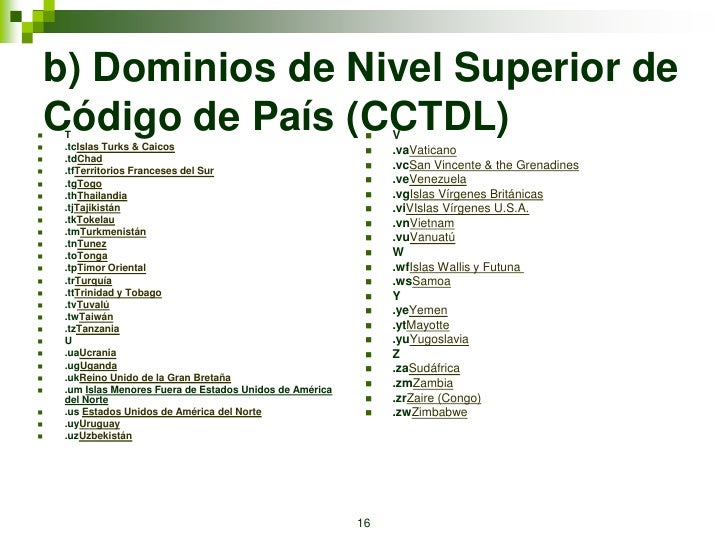
These include all the domain endings that have gradually been introduced since 2013, such as. In addition to the classic gTLDs, there are also new generic top-level domains (new gTLDs or nTLDs). biz), and have become well-established in the process. GTLDs can also be divided into two different types: some domain endings have existed for many years (such as. gov indicates that the website is affiliated with a government, and. Instead, gTLDs offer website owners the opportunity to highlight the genre of their website for example. ca, generic top-level domains (gTLDs) do not necessarily refer to a particular country.
Url endings list code#
Unlike country code top-level domains (ccTLDs) like. One of the downfalls of this is that when a visitor is trying to remember your domain, they might revert out of habit to the. You can still use the name, but with a different TLD i.e. com domains’ popularity and register many popular URLs in the hope that a business will buy them off them for a profit. To find out who owns the domain, you can try Whois Lookup, but be prepared for them to ask a lot of money for it – and that’s if they actually want to sell it in the first place! This is especially true for cybersquatters who register domains that they presume will be popular, so that when someone legitimately wants to buy the domain, they may be willing to pay a lot more than it’s worth. If the domain happens to expire and the owner doesn’t renew it, it might also become available. The only way you can get your hands on it is to get in touch with them and ask if they’re willing to sell it to you. As long as they’re paying for it, no-one else can touch it. It is frustrating to see that your domain name is taken and the owner isn’t actually doing anything with it.

Cyberquatters are registering the name in order to make a profit.The owner wants to stop others from using their name The owner is using the domain for e-mail addresses (e.g.The owner is using the name since it’s similar to their actual domain, and visitors are being redirected from this domain to the owner’s actual domain.The owner plans to use it for a site that hasn’t yet been launched.The owner is using it for their own website.There can be many reasons for this, some of which include: You might have thought of the perfect domain name, but when you attempt to buy it, it’s not available. info and with the number of domains being registered running into the hundreds of millions, it’s no wonder that you might have to resort to one of these alternate domain names. Because domains are snapped up quickly, you need to have some name alternatives ready. Many visitors hear 'internet' and immediately think of '. com domain name is taken, as it’s the first choice for many business owners registering their brand. You might receive traffic from a matching domain in another extensionĭue to these reasons (and more), you could find your desired.com has always been dominant although there’s no specific reason why, but there are some presumptions of why it could be the case: net, there exists a growing range of TLDs for website operators to explore. As well as long-established variations, such as. com domain name is taken, or that you can only register a domain with obscure word combinations, now is the time to consider alternative domain extensions. This is not true anymore, showing that eligibility requirements in TLDs, or even structure, change over time.UK is open to direct registrations now, see Īnd also, side rant, when you work with domain names/TLDs please do not forget about IDNs, that could happen in any label in the DNS.If you get up to the domain check stage, only to find your desired. co.uk since (AFAIK) individuals cannot register sites without having the.
Url endings list how to#
The best solution is to use the Public Suffix List at but first make sure to go to main site at to learn in details about what it is, how to use it and its shortcomings. Having the list of those is currently still an unsolved problems, if you take into account the needs of automated process, freshness, decentralization of updates, etc.

Of course this gives you only "Top Level Domains" not all "suffixes" under which a registry exists to allow the public (in general or part of it) to register domain names. AXFR with the added benefit that this is protected by DNSSEC (where the previous HTTP URL has no protection against tampering)
Url endings list download#



 0 kommentar(er)
0 kommentar(er)
